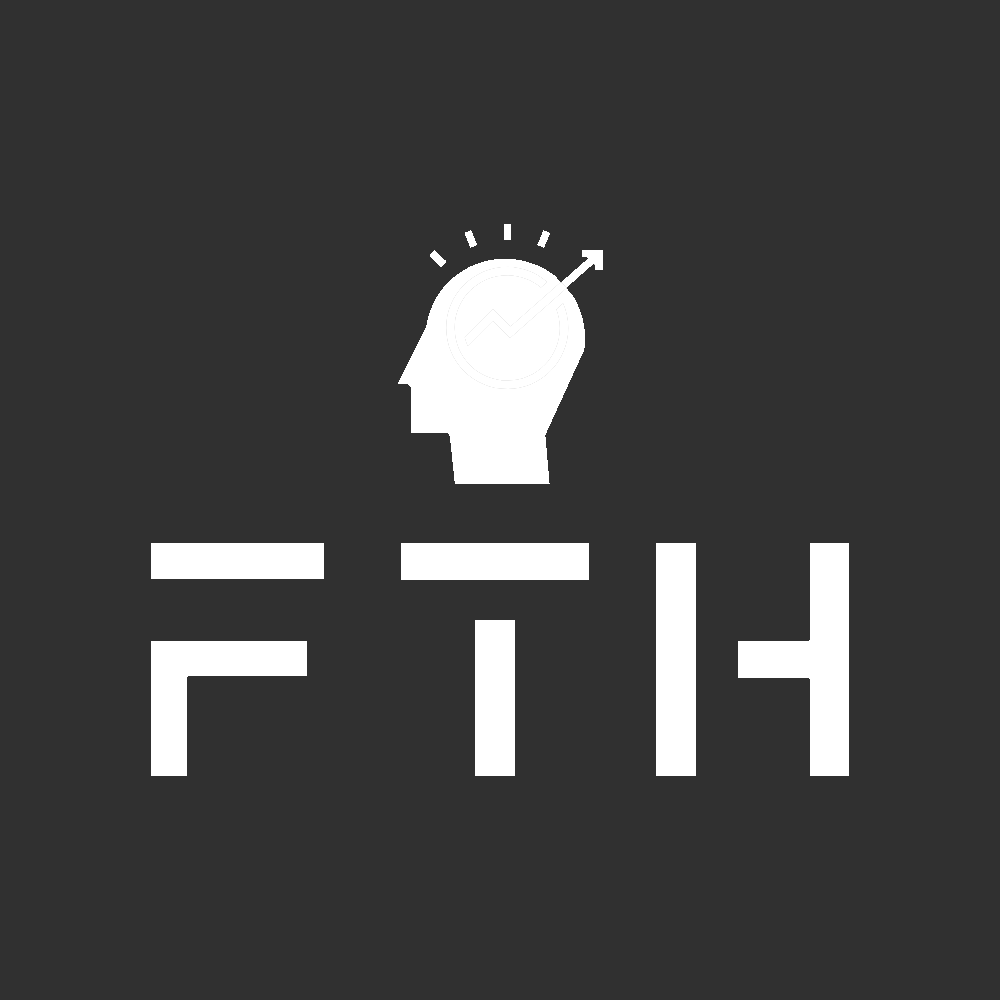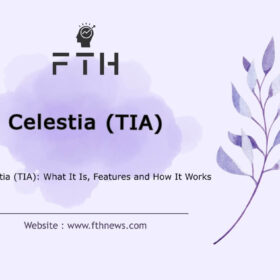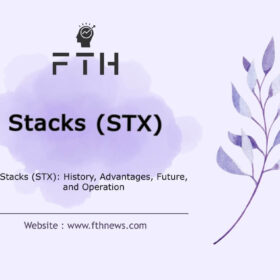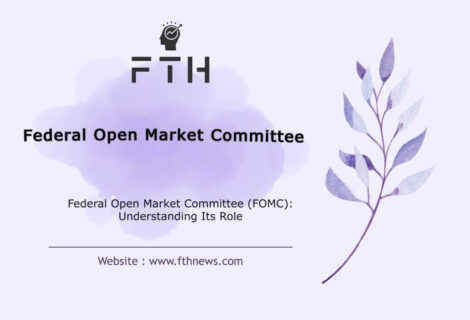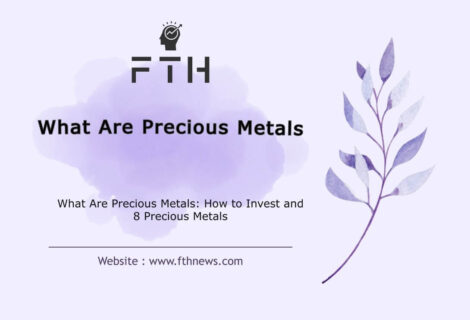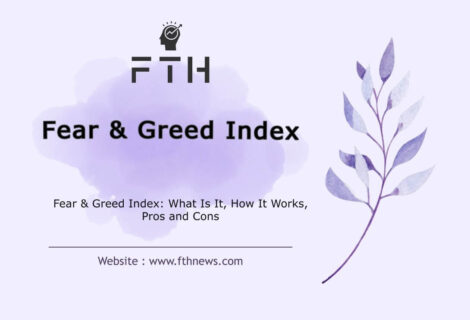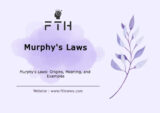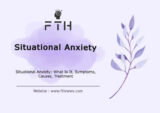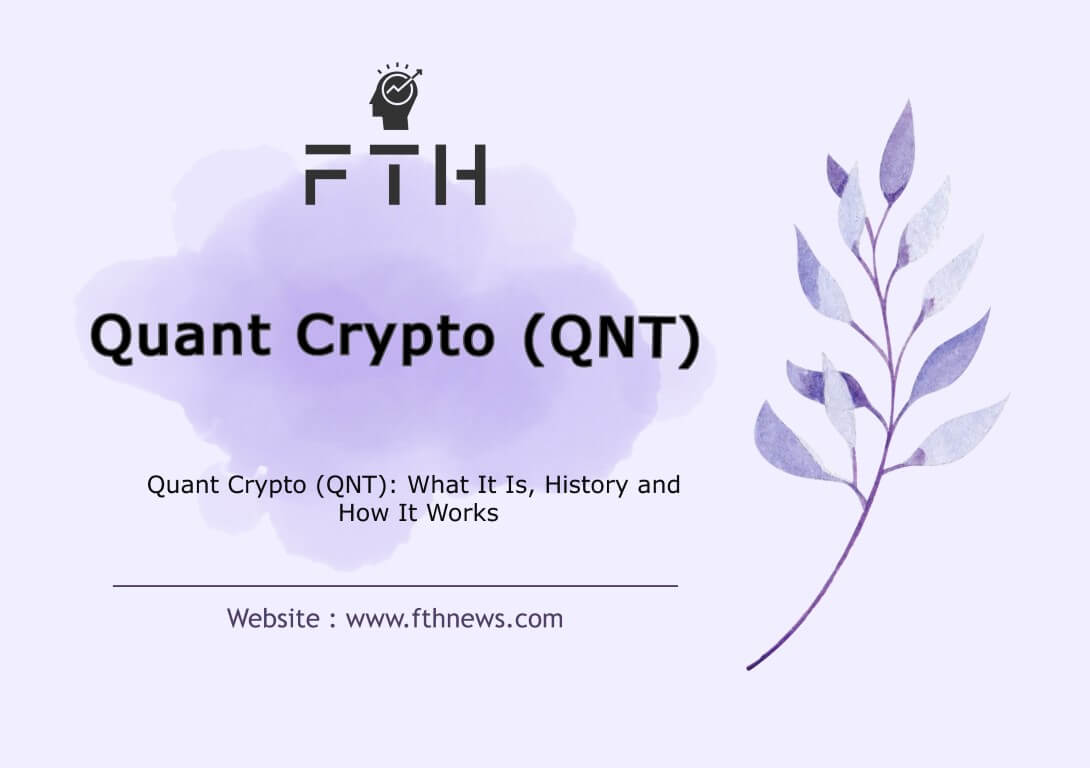
Quant Crypto (QNT): What It Is, History and How It Works
Quant Crypto (QNT), operating as a cryptocurrency on the Ethereum platform, represents a unique token within the Quant network. This network, in turn, offers a seamless means of connecting disparate blockchain networks, fostering practical collaboration between them. In the subsequent sections of this article, we delve into an in-depth exploration of the Quant network’s performance, elucidating the purpose of Quant digital currency and its applications.
What is a Quant Crypto (QNT) Network?
The Quant Crypto (QNT) network stands out among blockchain networks due to its distinctive approach. It seeks to interconnect various blockchain networks through its specialized and interactive operating system known as “Overledger.” This operating system functions as an interface facilitating communication between diverse components of the network. Notably, Quant Network differentiates itself by not being an open-source project, a characteristic that could significantly influence the future trajectory of Quant currency. The non-open-source nature implies restricted access to project codes, necessitating the acquisition of a license for usage.
A pivotal aspect of Quant Crypto (QNT) Network’s activity revolves around catering to diverse organizations. However, the overarching goal pursued by the platform’s developers lies in achieving seamless integration among blockchain networks. Currently, the network supports blockchains such as Ethereum, Bitcoin, Ripple, Stellar, Binance Chain, Constellation, and Iota.
Quant Crypto (QNT) Development Team
To gain deeper insights into the project, understanding Quant Crypto (QNT)purpose becomes crucial. The primary targets of the Quant network and its development team encompass organizations, large enterprises, economic entities, and successful businesses. Essentially, the network aims to facilitate information flow and foster collaboration among blockchains in a straightforward manner.
Among the notable figures in the project is Gilbert Verdian, a key founder with a robust background, including management roles at the British Ministry of Justice and Chief Information Security Officer at Voicelink. Another founder, Paolo Tasca, brings expertise in distributed systems. The technical head, Peter Marirosans, boasts extensive experience in information technology, having served as an analyst, network manager, and developer in various projects.
Lara Verdian, the Chief Operational Manager, contributes her experience from companies such as “Deloitte” and “Intercept,” while Gagik Alaverdian, another Chief Operating Manager, brings a wealth of knowledge from his 24-year tenure at “Advance Computer Care.”
Innovations by the Quant Development Team
A notable innovation from the Quant network development team is the creation of multi-chain applications, aptly named “MApps.” These applications, categorized as multi-chain decentralized applications, are developed by holding a specific quantity of QNT tokens.
In the forthcoming segments, we will delve deeper into Quant currency’s applications and explore the evolving landscape of this intriguing cryptocurrency.
Quantum Digital Currency
To introduce Quant currency, it is essential to understand that this digital currency is a token based on the Ethereum network and follows the ERC20 standard. Often referred to as Quant or QNT digital currency, creating anything on the QNT network by its development team requires the purchase of a QNT license. In other words, access to the Overledger network and platform within the Quant ecosystem is possible only by acquiring the QNT token.
As a crucial and influential part of the network, this digital currency aligns with the values of the Quant network, supporting it in its distinctive way. Among the primary uses of the Quant token is its role in acquiring services, products, and paying the license fee of the Quant network.
The Function of the Quant Crypto (QNT) Network
The primary function of the Quant network is facilitating efficient and straightforward communication between different blockchains. Beyond this, the Quant network can create distinct layers, each serving specific purposes:
- Transaction Layer Management:
- Manages transaction storage within the transaction layer.
- Messaging Layer:
- Contains information such as transaction data and smart contracts.
- Filtering and Ordering Layer:
- Controls messages, particularly those containing transaction information.
Additionally, the Quant platform enables communication between banking systems, requiring no coding and allowing the creation of new assets in the connected distributed ledger.
Diverse Applications and Future Plans
The long-term plan of the development team includes venturing into various sectors such as financial services, supply chain, and healthcare. An example is the “Quant Health” application used in health institutions to track electronic health records.
Quant Crypto (QNT) Investors and Collaborators
Understanding the collaborative landscape is crucial. The Quantum Network, with its slogan “Revolution in the way the world is connected,” has partnered with various platforms, aiming to provide facilities and products to companies without the ability or intention to create independent blockchain networks. Notable collaborations include:
- Amazon:
- Collaborated with Amazon AWS through the AWS Partner Network, allowing users to create multi-chain applications using Quantum Network’s Overledger product.
- Pay.UK:
- Assists Pay.UK in transforming the payments industry, improving overall service and maintaining service integrity.
- Crowdz:
- Connects Crowdz’s B2B network with various blockchains, contributing to the digitization of the global supply chain.
Quant Crypto (QNT) Network Wallets
Given that Quant is an Ethereum-based token, wallets supporting Ethereum standards are suitable for storing, buying, and selling this token. Popular wallets include Exodus, Atomic Wallet, Trezor, Ledger, Coinomi, Coinbank, BitPanda, and FreeWallet.Io.
The History of Quant Digital Currency
The Initial Coin Offering (ICO) for Quant digital currency took place in May 2018, though it wasn’t as successful as anticipated, raising only $11 million. This amount fell significantly short of the $16 million minimum capital required (Soft Cap) and was nearly four times less than the set Hard Cap for the token’s initial launch. During the ICO, each QNT unit was priced at approximately $1.1, resulting in around $10 million in capital raised.
After a token burn in September 2018, the total supply of Quant digital currency is slightly more than 14.5 million units. Around 4.5 million QNT units were allocated to the Quant network, and the remaining 10 million were released to the market. Post-token burn, approximately 12 million QNT units are currently in circulation.
How the Quant Crypto (QNT) Network Works
The Quant Crypto (QNT) Network operates as a closed-source project, maintaining confidentiality about the performance details of its key technologies. It’s essential to note that the Quant Crypto (QNT) network is not fundamentally a blockchain; instead, it functions as an ecosystem comprising various components, including the Overledger blockchain operating system, multi-chain applications (mApps), treasury, and the QNT token.
Overledger Operating System
Overledger serves as an operating system based on blockchain, allowing users to simultaneously interact with multiple blockchains. While the detailed workings of this operating system are not explicitly disclosed by the Quantum network, the FAQ page mentions that it is based on the open-source technology Google Kubernetes. Kubernetes enables applications to support thousands of users seamlessly. Overledger is not free to use; individuals and entities must pay an annual usage fee, the cost of which is fixed but varies based on factors like company size. This payment grants users the ability to create their unique multi-chain applications (mApps) using this operating system.
Multi-chain Applications (mApps)
Multi-chain applications (mApps) are applications created on the basis of several different blockchains, allowing for collaboration between smart contracts on different blockchains. The efficiency and speed of mApps depend on the blockchains they are built upon. Users and entities can leverage the strengths of various blockchains by using mApps, combining the speed of one blockchain with the security level of another. This flexibility enables optimal utilization of blockchain capabilities.
QNT Token
The QNT token, an ERC-20 token, serves as the primary means of payment within the Quantum network ecosystem. Used for purchasing goods, services, and licensing fees, it experienced a token burn in September 2018, resulting in a maximum supply slightly exceeding 14.5 million. Approximately 4.5 million tokens were allocated to the Quant network, and the remaining ten million were released to the market. The network seems to have sold some of its tokens post-2018 burn, as there are around twelve million QNT tokens in circulation currently.
The initial coin offering (ICO) for the Quant network, held in May 2018, had a maximum supply of 45.5 million QNT tokens. Over 30% of this supply was allocated to the network, while the remaining 70% was intended for sale during the ICO.
The Future of Quant Crypto (QNT)
The Quant network has distinguished itself as one of the most ambitious and unique networks in the cryptocurrency realm. The ability to design smart contracts implementable on a variety of blockchains showcases the network’s creativity. Despite challenges in the cryptocurrency market, the Quant network holds a promising position, and the ambitious plans of its development team hint at a bright future, even in the face of competition with major players like Microsoft or Apple.
Quant Crypto (QNT) Architecture
Architecture is a critical aspect of any blockchain network, enhancing developers’ understanding and user accessibility. While Quant is not open source, developers have shared brief insights into its architecture, providing a glimpse into its structure.
In general, the Quant project features four distinct layers, each serving a unique function: the transaction layer, messaging layer, and filtering and ordering layer. Here’s a concise overview of each layer:
Transaction Layer:
Considered the central layer of the Quant network, responsible for controlling and storing transactions. Its pivotal role makes it a critical component.
Messaging Layer:
Acts as the heart of the Quantum network by storing all network information, including transaction details and smart contract-related information. Data storage is a crucial function within this layer.
Filter and Order Layer:
Serving as the outer layer of the network, this layer is responsible for data control. It implements precise controls over all network information, especially transaction-related details.
Quant Digital Currency Features
Every blockchain network possesses unique features that set it apart from others, attracting developers and investors. The Quant project is no exception, with distinctive characteristics:
Mutual Communication:
Quant Network stands out for its ability to facilitate mutual communication between different networks. This feature enables the seamless integration of both old and new blockchains, making it a unique and versatile project.
Asset Creation in the Ledger:
Quant Network addresses a fundamental challenge by automatically making changes to the distributed ledger of connected blockchains, simplifying the integration process without the need for reprogramming.
Simple Deployment:
The Overledger operating system and platform of Quant can be implemented on cloud services worldwide without the need for specific servers or hardware. This simplicity in deployment enhances accessibility.
Multi-chain Programs (MApps):
Quant Network enables the creation of multi-chain programs (MApps), allowing developers to design applications with features from multiple specific blockchains. This versatility results in highly unique and customizable applications.
Simplicity:
Quant emphasizes simplicity in its platform, allowing users to perform various actions without additional coding. This simplicity attracts developers and users alike.
Compatibility:
Quant Network boasts compatibility with a wide range of blockchains, including Ripple, Binance Chain, Stellar, Iota, Ethereum, Bitcoin, and more. This compatibility enhances its appeal to programmers.
Quant Digital Currency Supply Exchanges
Liquidity and popularity are crucial considerations for investors. Quant’s digital currency, QNT, enjoys favorable conditions as it is listed on various exchanges, including:
- Binance Exchange
- Coinbase Exchange
- Bittrex Exchange
- KuCoin Exchange
- Uniswap Exchange
- And more…
Investors can trade Quant against Tether, Ethereum, and Bitcoin on these exchanges.
Conclusion
The Quantum project emerges as a unique technology in the blockchain realm, with a focus on facilitating communication between blocks. Its innovative features, simplicity, and compatibility contribute to its appeal, making it a noteworthy player in the blockchain space.
FAQ
Quant, short for Overledger, serves as a unique blockchain operating system facilitating seamless communication between various blockchain networks. Its primary function is to connect disparate blockchains, enabling efficient data and transaction flow across different platforms.
As with any investment, it carries inherent risks. Quant (QNT) has gained attention for its innovative approach to blockchain interoperability. Investors should conduct thorough research, considering the project’s goals, market trends, and their own risk tolerance before making investment decisions.
Quant distinguishes itself with its Overledger technology, allowing the creation of multi-chain applications (MApps) that operate across different blockchains. This interoperability sets Quant apart, providing versatility and potential use cases across various industries.
Quant Network is led by a team of experienced professionals, including key figures like Gilbert Verdian, Paolo Tasca, Peter Marirosans, Lara Verdian, and Gagik Alaverdian. Each member contributes expertise in areas such as blockchain, distributed systems, and information technology.
Yes, Quant operates as a token on the Ethereum network and follows the ERC-20 standard. The QNT token is an integral part of the Quant ecosystem, used for accessing the Overledger network and various services within the platform.
While Quant stands out in the field of blockchain interoperability, it does face competition from projects like Cosmos (ATOM), Polkadot (DOT), and Wanchain (WAN). Each project offers its unique approach to solving interoperability challenges.


